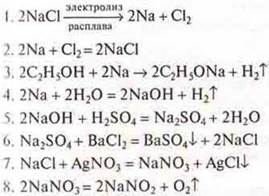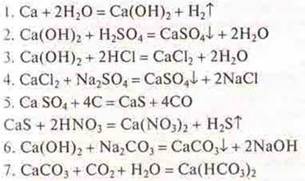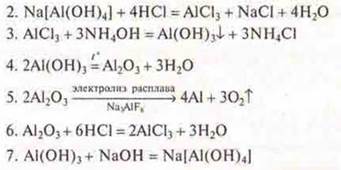
Scientific and educational lesson-seminar "Chemistry of metals, d-and f-elements" - SUBSTANCES AND their PROPERTIES - LESSON PLANS for CHEMISTRY class 11 - lesson plans-lesson plans-author's lessons-plan-lesson summary - chemistry
The purpose of the lesson: to develop the ability of students to work with additional scientific and cognitive literature, to make short reports based on the main characteristics of metals in order to expand the theoretical, scientific and cognitive horizons of the studied issue.
Equipment: student messages that are written in the form of abstracts or thematic Newspapers.
Lesson progress
I. Organizational moment
Setting goals and tasks for the lesson. Homework is submitted for review.
Recommendations for the teacher
About two weeks before the lesson, students are required to choose the d - or f-metals for their messages. By this lesson, the teacher must familiarize himself with the content of each abstract and make a plan for their consecutive listening. It is advisable to listen to reports about metals located in the same group, subgroup, in order to draw General conclusions.
In the presence of reagents, it is desirable to experimentally confirm the chemical properties of metals, especially qualitative reactions to metal cations, and show the compounds formed by them.
II. monitoring the completion of homework
§ 18 № 11 (1)

№ 11 (2)

№ 11 (3)
![]()

III. Listening to and discussing student messages
Plan messages in the order of their logical sequence
1. The history of the discovery of the element. Why it is so named. Being in nature.
2. Features of physical properties. Production method.
3. The structure of the atom. Oxidation degree. Features of chemical properties.
4. Critical applications in pure form and in the form of compounds.
IV. Summarizing the lesson results
The teacher gives the appropriate grade.
V. Homework assignment
Perform transformation schemes§ 18 № 11 (3, 4, 5, 6) on a separate sheet of paper, on the fence. Repeat the topic "Metals", prepare for the lesson of generalizing repetition.
Материалы на данной страницы взяты из открытых источников либо размещены пользователем в соответствии с договором-офертой сайта. Вы можете сообщить о нарушении.